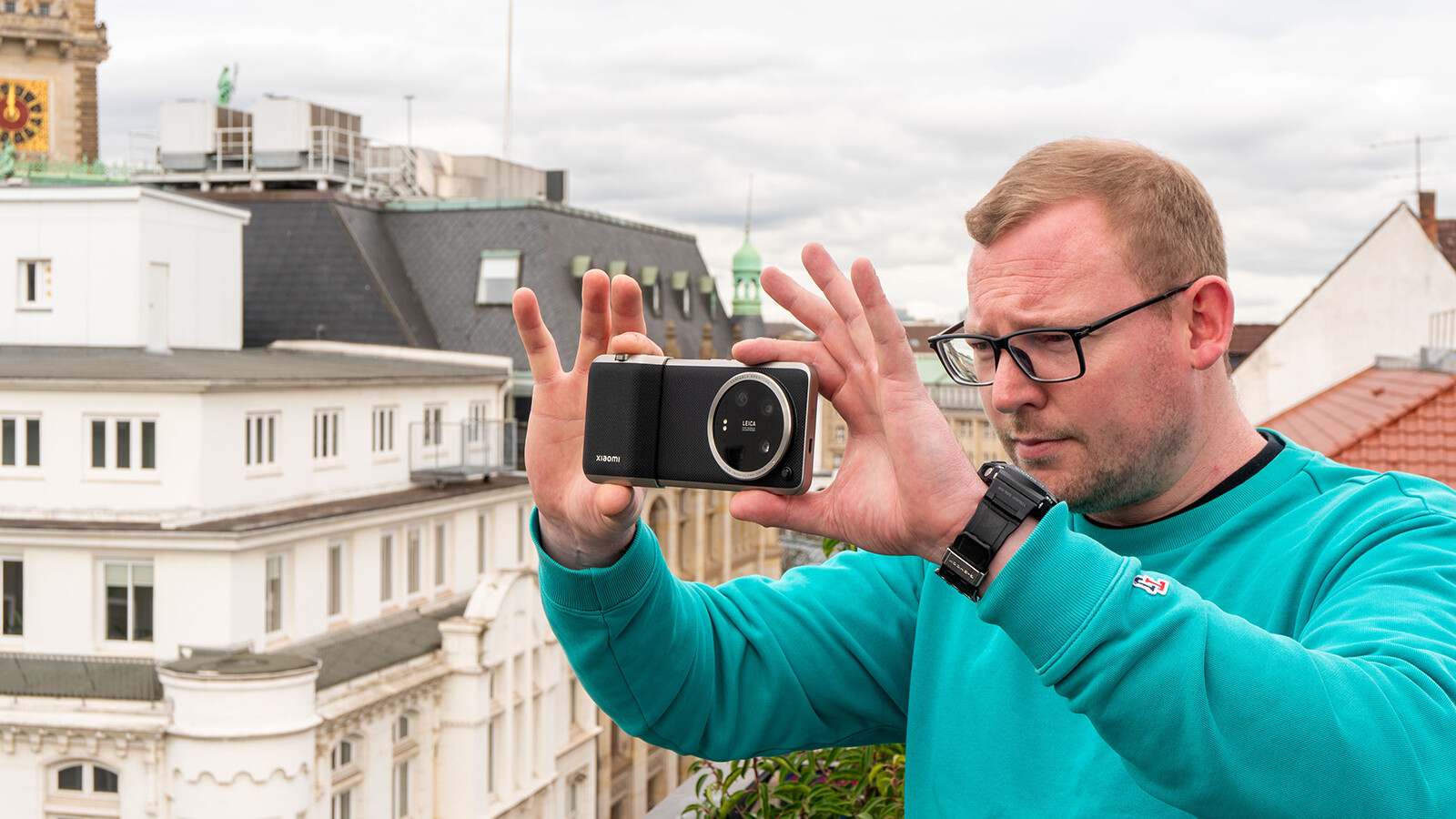When buying a monitor, many asked themselves a question: What type of panel do I use? TN panels had the advantage of a quick response time, but paired with weak viewing angles and brick colors. VA panels mostly hovered somewhere in the middle of nowhere and shooter players didn't really enjoy the colorful, but rather slow IPS panels. That is changing so slowly, because since autumn 2019 more and more monitors with new nano-IPS panels have come onto the market, which are finally breaking the 1 ms limit in response time. We grabbed a Viewsonic model for a closer look.
Okay, let's not hide two of the biggest drawbacks of the new IPS panels. E-athletes who like maximum refresh rates will probably not be entirely happy with the maximum 165 Hz of the Viewsonic XG270QG. And at a price of currently 799 euros, one or the other player will swallow violently and willingly accept the 4 ms compared to an older IPS model. But we know that: what is still expensive today will only cost a fraction in a few months.
But now the sabotage is over, let's take a closer look at the XG270QG. After pulling it out of the box along with quick assembly (screw on the foot, hang in the display and snap in), a nicely designed monitor looks shyly at us. Subtle optics, a narrow frame (good for multi-monitor setups) and a sturdy but not too bulky base look good on the desk.
<a href = "https://img.gameswelt.de/public/images/202001/2e634b69040caca305500e530b3b3c9a.jpg" data-title = "Viewsonic XG270QG image 1
Date: Jan 23, 2020 "data-lightbox =" 2e634b69040caca305500e530b3b3c9a.jpg ">
We discover all sorts of useful little things, especially the connections on the back, which can be hidden behind a cover. Standard awaits us here. 1X DisplayPort 1.2, 1x HDMI (annoying: it is only version 1.4), 3x USB along with 1x USB uplink and an audio port. Not much, but you hardly need more. It's just a shame that manufacturers are still struggling to install a Type-C connector. All the necessary cables are on board, which is not always the case.
Viewsonic has also added a few extras to its monitor. We find fold-out headset holders and two mouse bungees on the bottom edge. It is operated using a mini joystick, also on the lower edge. Well, we are fed up with badly recognizable buttons anyway. There are also two side-mounted panels in the box, if you don't want your neighbor to peek. You don't have to have it, but it doesn't bother you. At least a nice option to round off the scope of delivery.
It doesn't end there. If you want it colorful, there is an illuminated LED ring on the back and two strips on the bottom edge for the right ambience when gaming and because RGB is the shizzle. The whole thing is called Elite RGB. OK. The ergonomic functions are flawless. 120 mm height adjustment, pivot, -5 to +20 degrees tilt adjustment and 45 degrees swivel on both sides. Viewsonic has left nothing out here that could make the future monitor owner happy. Well-behaved.
<a href = "https://img.gameswelt.de/public/images/202001/1ca0688b6b768895c71809ff6c39b87f.jpg" data-title = "Viewsonic XG270QG picture 1
Date: Jan 23, 2020 "data-lightbox =" 1ca0688b6b768895c71809ff6c39b87f.jpg ">
The Viewsonic XG270QG is a real 27-inch model with a resolution of 2,560 x 1,440 pixels, currently pretty much the ideal mix of resolution and performance with regard to the current graphics cards. The nano IPS panel is nimble, even very nimble. So far, we only knew 1 ms response time (gray-to-gray) from TN panels, which have now lost their sole dominance in the tempo department. Unsurprisingly, the panel comes from LG, the manufacturer that launched the first 1 ms IPS monitor at gamescom 2019. 144 Hz is the native refresh rate, in the OC there are up to 165 Hz, but as always, this is a little bit detrimental to the image quality due to overshoot.
The color of the panel can shine, 98% DCI-P3 front cover is provided and held. You have to do without HDR, however, with a brightness of 350 cd / m² there is nothing to be desired. The contrast of 1,000: 1 fits that. The monitor supports both NVIDIA G-Sync and Adaptive Sync, which explains the high price a bit. Monitors with G-Sync are unfortunately still around 100 to 150 euros more expensive than their G-Sync-free counterparts. However, there is no denying that avoiding tearing on NVIDIA cards is a big plus. The viewing angle is 178 degrees, the typical value of IPS panels.
In practical use, the fast monitor convinces with good image quality, a lot of speed and beautiful, strong color display. The contrast, not the strength at IPS anyway, does not knock your socks off, but is fine. The basic settings are good for gamers, if you want to work with it professionally, you should use a calibration tool and readjust a little here and there. There were no pixel errors to be found, the illumination makes a fairly homogeneous impression.
 Accesses when …
Accesses when …… you finally want to enjoy a really fast IPS panel and you also have an NVIDIA graphics card in your computer.
 Save it if …
Save it if …… Refresh rates below 200 Hz don't turn you on.
Table of Contents










